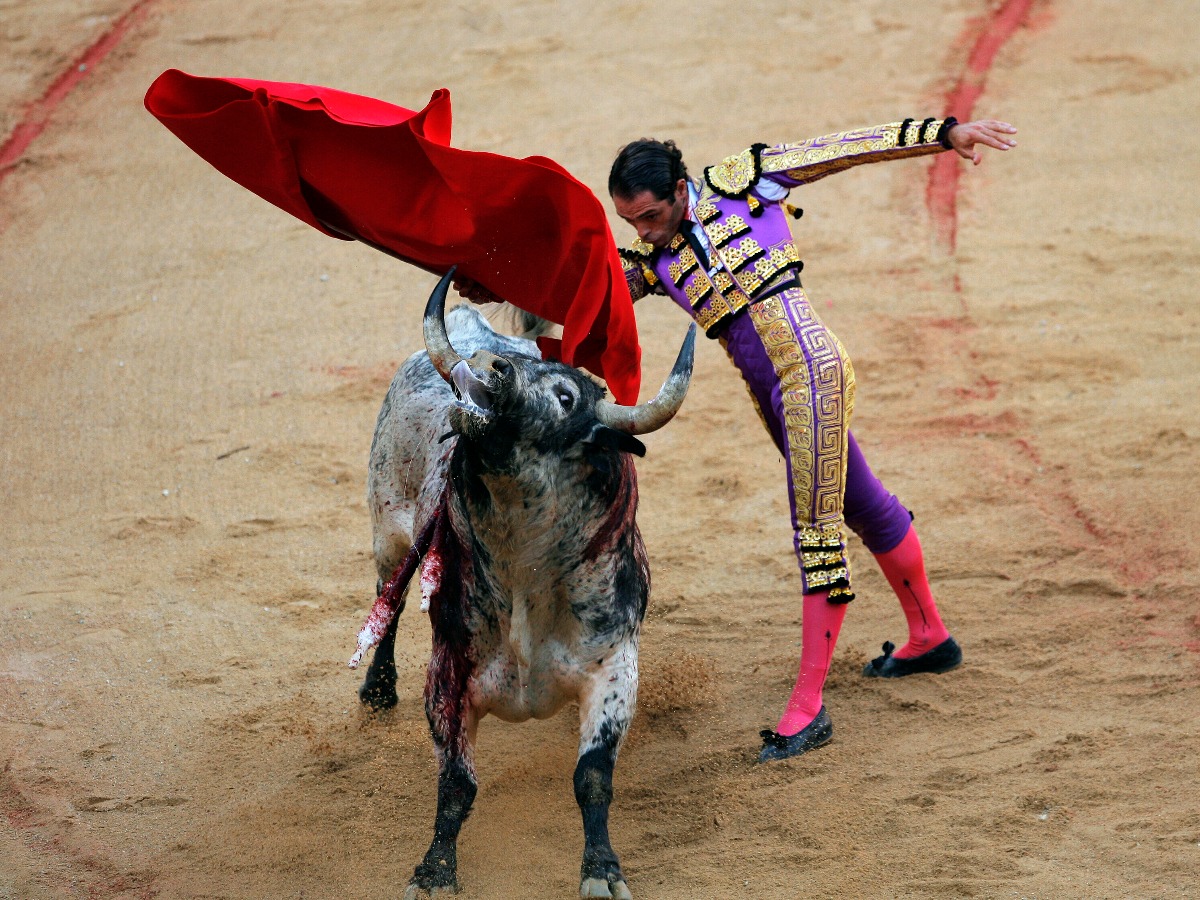Introduction
Sports have long been a staple of human entertainment, pushing athletes to their limits and providing fans with adrenaline-fueled excitement. However, some sports take the phrase “living on the edge” to a whole new level. From death-defying stunts to bone-crunching collisions, these dangerous sports put participants at risk of serious injury or even death. In this article, we’ll delve into the most dangerous sports in the world, exploring their risks, rewards, and what makes them so thrilling.
- Base Jumping
Base jumping, short for building, antenna, span, and earth, involves leaping from fixed structures with a parachute. This extreme sport requires precision and skill, as jumpers navigate treacherous terrain and avoid obstacles to reach the landing site. With a fatality rate of 1 in 60 participants, base jumping is not for the faint of heart.
- Big Wave Surfing
Catching a wave is exhilarating, but big wave surfing takes it to new heights – literally. Surfers tackle monstrous waves, some reaching heights of over 50 feet, putting them at risk of drowning, head trauma, and broken bones. The power of the ocean demands respect, and only the bravest and most skilled surfers dare to take on this challenge.
- Bull Riding
In the world of rodeo, bull riding is the most perilous event. Riders cling to an angry, bucking bull for 8 seconds, hoping to emerge unscathed. Injuries range from concussions and broken bones to spinal cord damage and even death. The thrill of taming a beast comes with a high price.
- Cave Diving
Exploring underwater caves is an eerie and breathtaking experience, but also a potentially deadly one. Divers navigate narrow passages, risking getting trapped or lost, and face the constant threat of running out of air. One wrong move can prove fatal.
- Freestyle Motocross
Flying through the air on a motorcycle, performing aerial stunts, and landing with precision requires skill and fearlessness. Freestyle motocross riders push the limits of physics, but a single miscalculation can result in devastating injuries, including paralysis or death.
- Ice Climbing
Scaling ice formations with crampons and axes requires strength, agility, and mental toughness. One wrong move can send climbers plummeting, and the risk of hypothermia and frostbite is ever-present.
- Volcano Boarding
Imagine sliding down the side of an active volcano on a board, reaching speeds of up to 50 mph. Volcano boarding is an extreme thrill, but toxic gases, ash, and treacherous terrain make it a hazardous adventure.
- Cliff Diving
Leaping from towering cliffs into the water below may seem like a fun summer activity, but it’s a high-risk endeavor. Miscalculating the jump or entering the water incorrectly can lead to spinal cord injuries, paralysis, or even death.
- Street Luging
Racing down a paved road on a small sled, reaching speeds of up to 70 mph, is a heart-pounding experience. Street lugers face the risk of crashing, suffering severe injuries, and colliding with obstacles.
- Downhill Mountain Biking
Tearing down treacherous trails on two wheels, navigating rocky terrain and steep inclines, puts downhill mountain bikers at risk of serious injury or death. One wrong move can send riders flying over the handlebars or crashing into trees.
Conclusion:
These dangerous sports offer an unparalleled rush of adrenaline and a sense of accomplishment for those who dare to participate. While the risks are undeniable, many athletes find the thrill and challenge worth the potential costs. As we marvel at their bravery and skill, we’re reminded that, for some, living life on the edge is the only way to truly feel alive.
